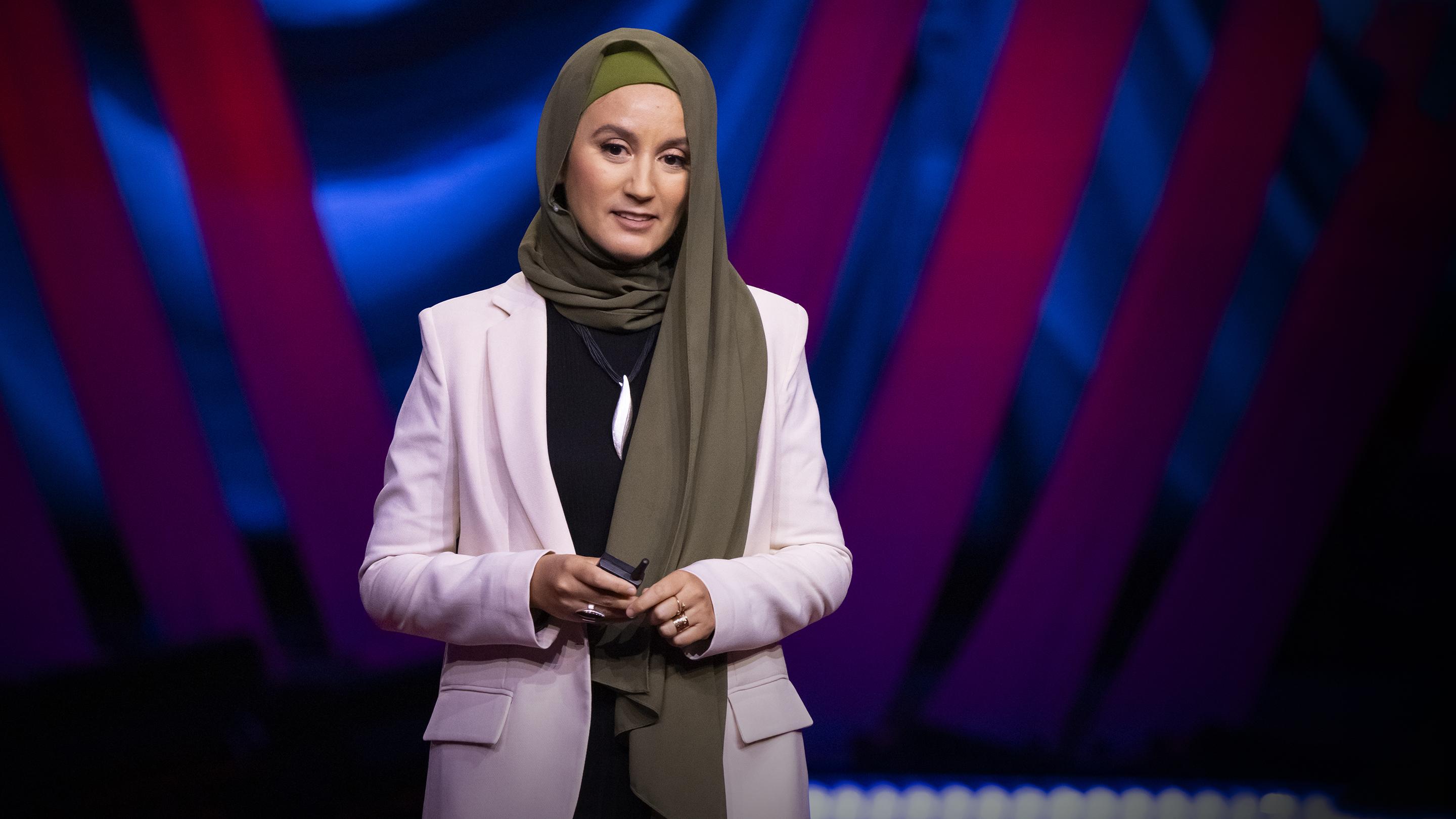
QUEBEC CITY — Quebec said it intends to use education as a tool to make significant strides in bringing Indigenous groups and the general population closer together.
Education Minister Jean-François Roberge and Indigenous Affairs Minister Ian Lafrenière were at the Kiuna Institute in Odanak, Centre-du-Québec, on Tuesday to announce a series of measures aimed at better integrating young Indigenous people into the education system and better informing young Quebecers about the reality Indigenous people face.
Quebec is announcing an envelope of just under $20 million for three initiatives.
“I think that the three actions we are going to take (…) will allow us to improve the success of everyone, but will also allow us to improve the social climate in Quebec,” said Roberge, who made it clear he has big ambitions for the project.
According to him, these investments will help Indigenous youth to better succeed in their school career.
“But more than that, we want them to blossom, to take their place in the community and in Quebec. We also want to inform all Quebec students about the history, perspectives and realities of Indigenous people,” he said.
The choice of the Kiuna Institute was highly symbolic since it is the only Indigenous CEGEP in the province and is attended by both Indigenous and non-Indigenous students.
“We are working to build the bridge of reconciliation by preparing young people to get to know each other and to value cultural and linguistic differences,” said Denis Gros-Louis of Table on First Nations and Inuit Student Success, who participated in the announcement.
MATERIALS, SUPPORT AND PROGRAM REVIEW
The first partnership aims to create new educational material that integrates Indigenous realities so that they are better understood by young people. The Success Table will be at the heart of the consultations for the revision of the programs and school material to come.
“More and more elementary and secondary schools, colleges and even universities are calling on the members of the Table on First Nations and Inuit Student Success to ‘Indigenize’ the educational content,” explained Gros-Louis.
The second focus is to provide support to Indigenous youth in the public school system. Nearly half of Indigenous people live outside of Indigenous communities and the goal is to add professional services adapted to their cultures and training for teachers in the public school system to support the success of students from these communities.
The third component consists of a long-term measure, which is to integrate an Indigenous perspective into the revision of all programs.
“Most of the curricula were written in the early 2000s. I feel like telling you: it’s a long time ago, because at the beginning of the 2000s, it was before the great awareness that we have had in recent years,” said Roberge.
Some measures, such as teacher training and the preparation of transitional material that could be integrated into the new Quebec culture and citizenship course, should be ready in the medium term, but it’s understood that the revision of programs and teaching material will take a few years.
“And in the end, the government will get its report card,” said Gros-Louis with a smile, “Ministers, you will be evaluated in five years by our young people at the end of the program, by their academic success. That’s how we’ll measure whether we’ve reached the objectives (of the Table).”
– This report by The Canadian Press was first published in French on Nov. 30, 2021.










